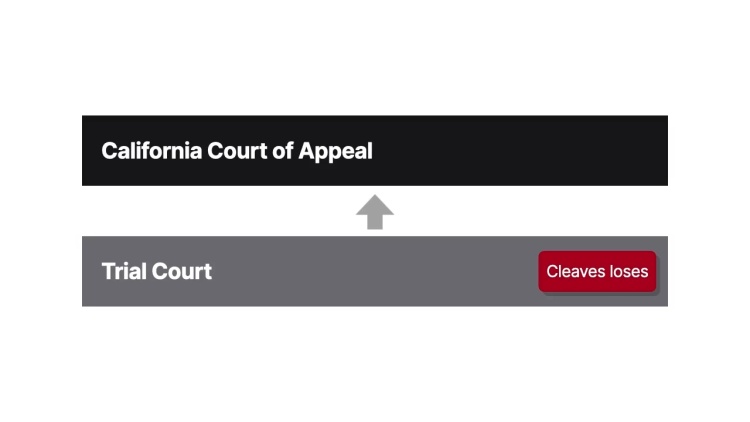People v. Cleaves
California Court of Appeal
229 Cal. App. 3D 367 (1991)
- Written by Jamie Milne, JD
Facts
John Cleaves (defendant) was present at the death of Mr. Eaton. Cleaves and Eaton had engaged in a one-night sexual encounter, after which Eaton said that he had AIDS and wished to commit suicide before reaching the late stages of the disease. Cleaves, who had previously witnessed the impact of AIDS on his friends, agreed to help Eaton commit suicide by strangulation. Eaton tied a sash around his neck and had Cleaves attach the sash to Eaton’s hands and feet such that Eaton could strangle himself by straightening his body while lying facedown on the bed. Cleaves, without using pressure on Eaton, placed his hands on Eaton’s back to prevent Eaton from falling off the bed. After the sash slipped from Eaton’s neck, Cleaves reattached the sash. Cleaves admitted that, after the reattachment, he exerted additional pressure and also lay on Eaton to keep Eaton steady. According to Cleaves, he did not otherwise participate in the physical strangulation, which occurred as a result of Eaton straightening his body. After Eaton’s death, Cleaves left Eaton’s home with some of Eaton’s personal property and withdrew cash from Eaton’s bank account, per an agreement between Cleaves and Eaton before the suicide. Cleaves was convicted of second-degree murder under California Penal Code section 187 after the trial court denied Cleaves’s request for a jury instruction on the lesser offense of aiding and abetting a suicide under California Penal Code section 401. Cleaves appealed his conviction on the ground that the trial court erred in denying his request for the additional jury instruction.
Rule of Law
Issue
Holding and Reasoning (Work, J.)
What to do next…
Here's why 899,000 law students have relied on our case briefs:
- Written by law professors and practitioners, not other law students. 47,000 briefs, keyed to 994 casebooks. Top-notch customer support.
- The right amount of information, includes the facts, issues, rule of law, holding and reasoning, and any concurrences and dissents.
- Access in your classes, works on your mobile and tablet. Massive library of related video lessons and high quality multiple-choice questions.
- Easy to use, uniform format for every case brief. Written in plain English, not in legalese. Our briefs summarize and simplify; they don’t just repeat the court’s language.






